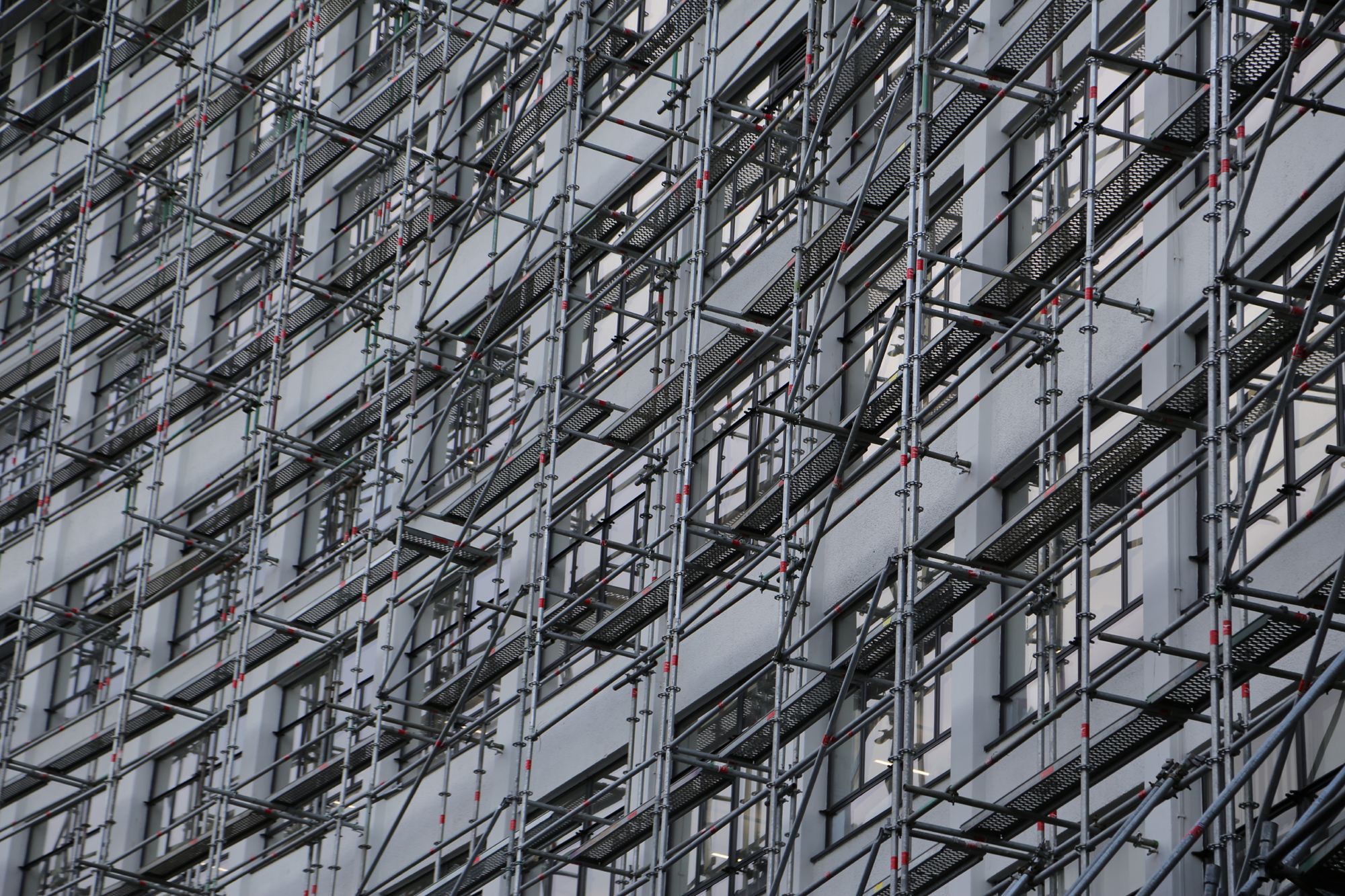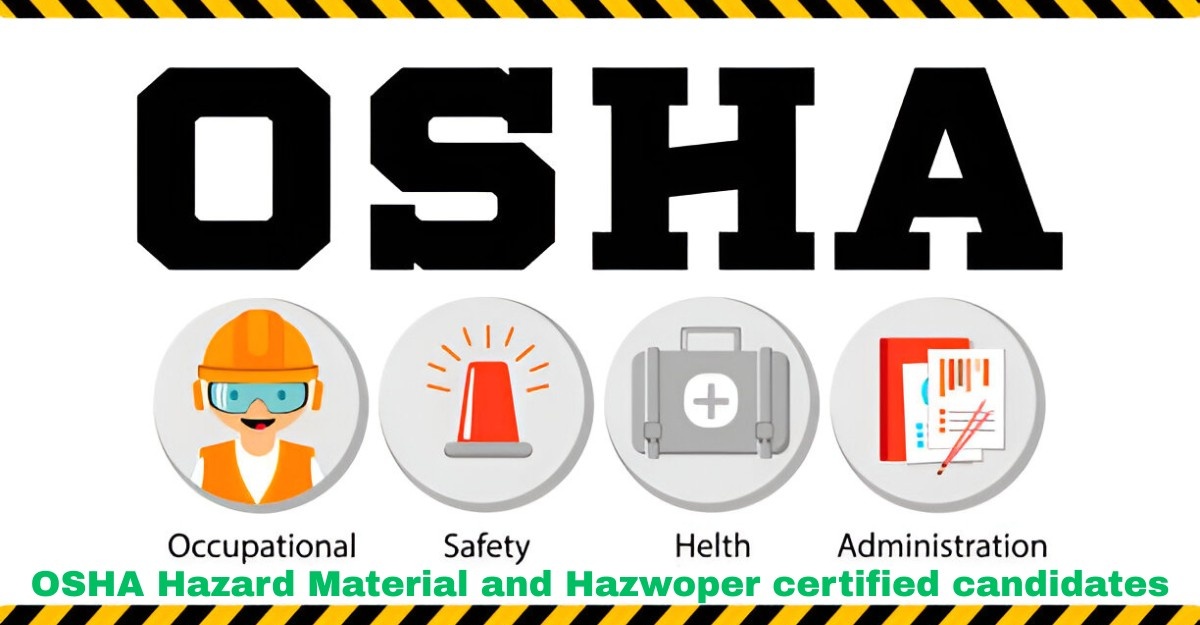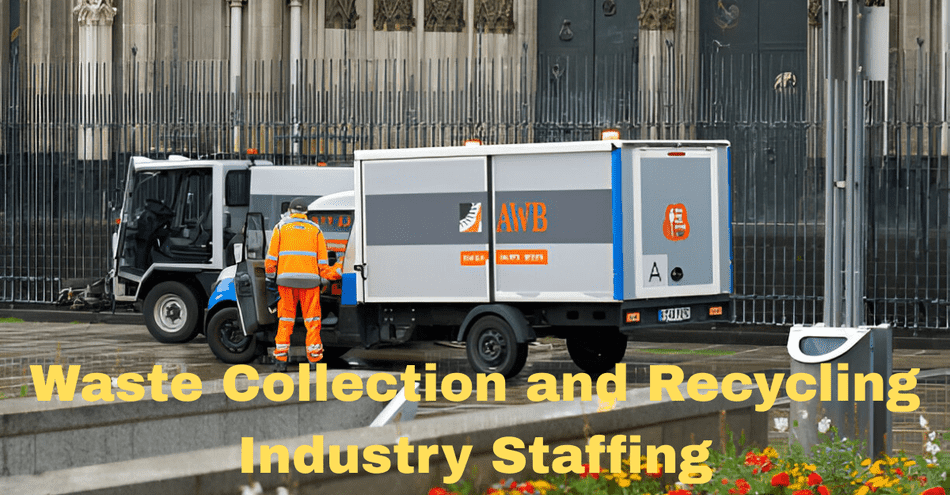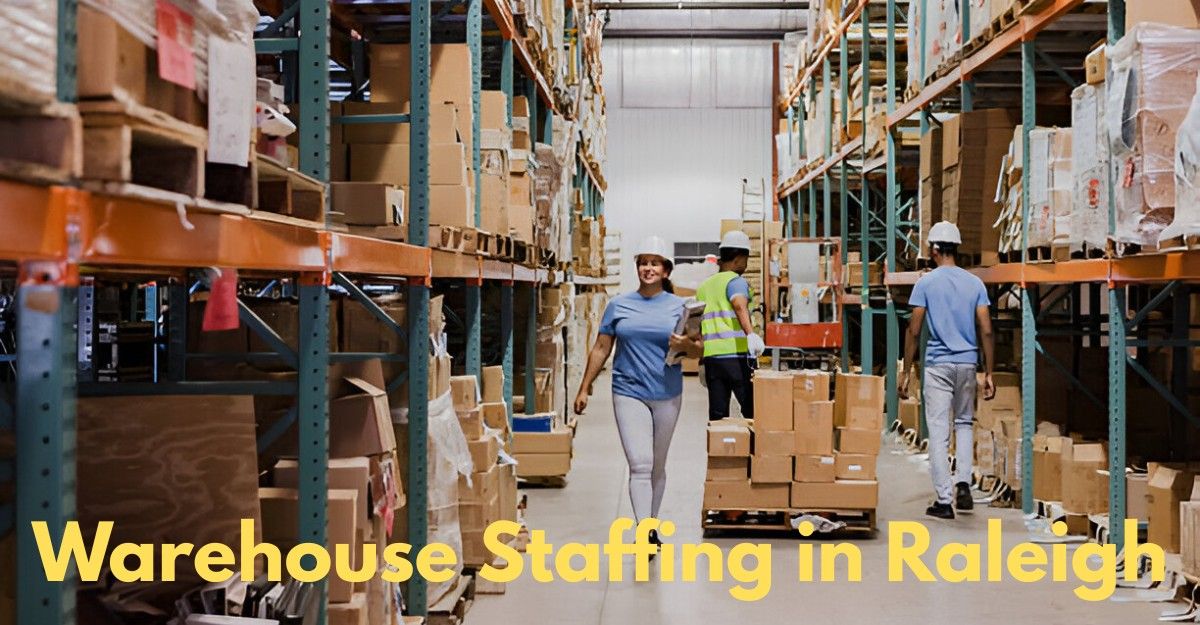Understanding Cuplock System Scaffolding: A Comprehensive Quide

Strong 8k brings an ultra-HD IPTV experience to your living room and your pocket.
In construction and other maintenance works, scaffolding refers to a temporary structure built to ensure safety and to support workers. Also known as staging, a scaffold is typically made from materials like aluminum, steel, and wooden planks and is structurally adjoined and interconnected to form a stable platform for workers to stand on when reaching heights.
Cuplock system scaffolding is one of the most widely used scaffolding systems in today's world. The methods for manufacturing efficient scaffolding systems are constantly evolving, with companies focusing on greater flexibility and stability to ensure maximum safety. In this guide, we'll cover all about Cuplock scaffolding and discuss a bit about aluminum scaffolding to suit your varying needs.
What is Cuplock System Scaffolding?
Cuplock scaffolding is a multi-purpose network of steel frames locked together by a unique circular cup-node point. The circular metal cup structure is the identifying feature of this system and is built in a way to support up to four horizontal beams. Therefore, it is the most flexible and widely used in the booming construction sector of Dubai.
Basic Components of a Cuplock System
An effective Cuplock system scaffolding includes key vertical and horizontal elements interconnected by the central cup lock. However, it also comes with small additional accessories, which are just as essential and can't be avoided. Let's take a closer look at how these structures are assembled together and their importance.
Vertical Standards
Standard braces are the vertical element of a Cuplock system and are responsible for linking other vertical tubes. It comes with a rotatable upper cup, which supports up to four components, and a fixed narrowest bottom cup for reducing base bracing and enhancing structural support. These are made out of 48.3 mm x 3.2 mm EN10219 steel tubes with a 0.5 interval between the top and bottom cup.
Horizontals
These include ledgers and transoms. They have forged blade ends at both sides with a diameter of 38.3 mm and can be easily fitted into the vertical cups. It is essential to maintain the structural integrity of the whole system. Like horizontal tubes, these are also made from the EN10219 steels and come in various sizes.
Steel Planks
These are laid across on the surface of the ledgers for workers to walk on. It contains perforated plates secured tightly to maintain its anti-slip performance.
Diagonal Braces
This component adds further structural rigidity to the scaffolding system. It has couplers at both ends, which support two adjacent vertical standards at different horizontals.
Stair Stringer
A ladder-like structure is fixed on horizontal ledgers to give workers access to climbing up. It has securely fitted and anti-slip stairs to ensure maximum safety.
Jack Base
Acts as the base of the system and maintains stability by securing the height of the screw rod.
Universal Jack
It can be inserted into the upper or lower part of the structure. Its distinctive U head provides support to the beams and has an adjustment of 0.5 m.
Intermediate Transom
Positioned between two ledgers, it provides mid-bay support to the workers. These structures have jawed ends with one end containing a locking mechanism, which fits tightly with vertical cups.
Side Brackets
These are important accessories and act as extensions to extend the working platform. Together with steel planks, they create a flexible and stable working platform.
Benefits of a Cuplock System Scaffolding
Flexibility: The distinctive modular mechanism allows for adjustment to components of various sizes.
Stability: A wide structural network can be created with minimal locking centers. Components are arranged in such a way to give easy access to the worker to move across and in between the structure.
Versatility: It is suitable for different projects ranging from small-scale construction work to building intricate structures.
Low Maintenance: It can be easily assembled and dismantled. Therefore, it's easy to maintain the individual parts.
Maximum Capacity: Its structural integrity is strong and can support heavy loads.
Durability: The galvanized steel structure is resistant to corrosion and goes a long way.
Aluminum Scaffolding: An Alternative?
Choosing between Cuplock and aluminum scaffolding entirely depends on your preference, your project length, and budget allocation. Both materials have desirable traits that make them qualified for scaffolding solutions in Dubai. You can leverage aluminum scaffolding rental from many suppliers in Dubai.
Weight: Aluminum scaffolding is much lighter than Cuplock scaffolding, which is made from galvanized steel.
Corrosion-Resistant: Just like cuplock, they're corrosion-resistant, making them durable.
Portability: Its lightweight nature allows for hassle-free transport.
Final Words
Cuplock system scaffolding is overall a better and more versatile solution to scaffolding needs. However, aluminum scaffolding can also reward you if you invest in it wisely.
Looking to scale up your construction project? You can find high-quality aluminum scaffolding suppliers in Dubai that suit your needs. Quaddream Scaffolding Contracting LLC, a premier scaffolding contractor, offers cuplock system scaffolding, aluminum scaffolding, and other various services related to construction. Get in touch with them today for maximum benefits.
Note: IndiBlogHub features both user-submitted and editorial content. We do not verify third-party contributions. Read our Disclaimer and Privacy Policyfor details.







